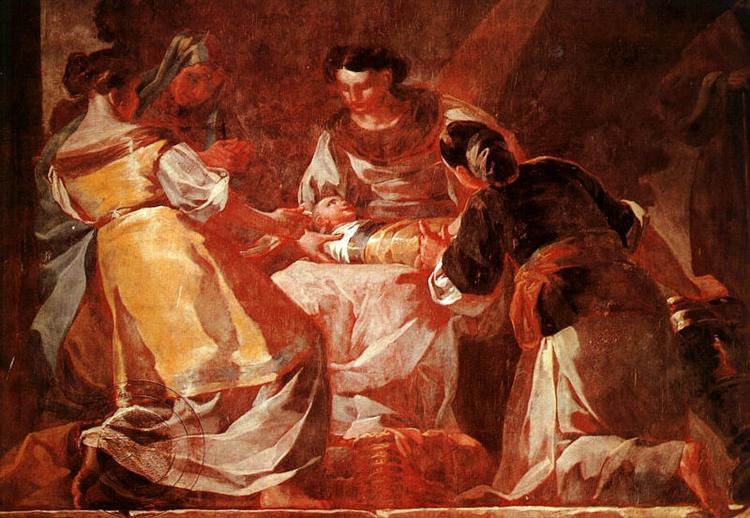Description
The painting "Birth of the Virgin" by Francisco Goya is a masterpiece of Spanish art of the 18th century. This work represents the moment when the Virgin Mary is born in the presence of her parents, Saint Joachim and Saint Anne. The composition of the painting is impressive, with a great amount of detail and careful attention to light and shadow.
Goya's artistic style is evident in this work, with his use of the chiaroscuro technique to create a sense of depth and realism. The figure of the Virgin is the focal point of the painting, with her face illuminated by a heavenly light that contrasts with the darkness of the background.
Color also plays an important role in this work, with warm and soft tones that create an atmosphere of peace and serenity. The details in the clothing and objects in the painting are impressive, with an abundance of textures and patterns adding depth and realism to the work.
The story behind this painting is interesting, as it was commissioned by the church of San Francisco el Grande in Madrid in 1780. Goya worked on the painting for several years, and the work is said to have been one of the artist's favorites.
Little-known aspects of this work include the fact that Goya used real models to create the figures in the painting, and that the work was restored several times over the years to preserve its beauty and quality.
In summary, Francisco Goya's "Birth of the Virgin" painting is a masterpiece of Spanish art that stands out for its artistic style, composition, color and impressive details. This work is a sample of the talent and ability of one of the most important artists in the history of Spanish art.

